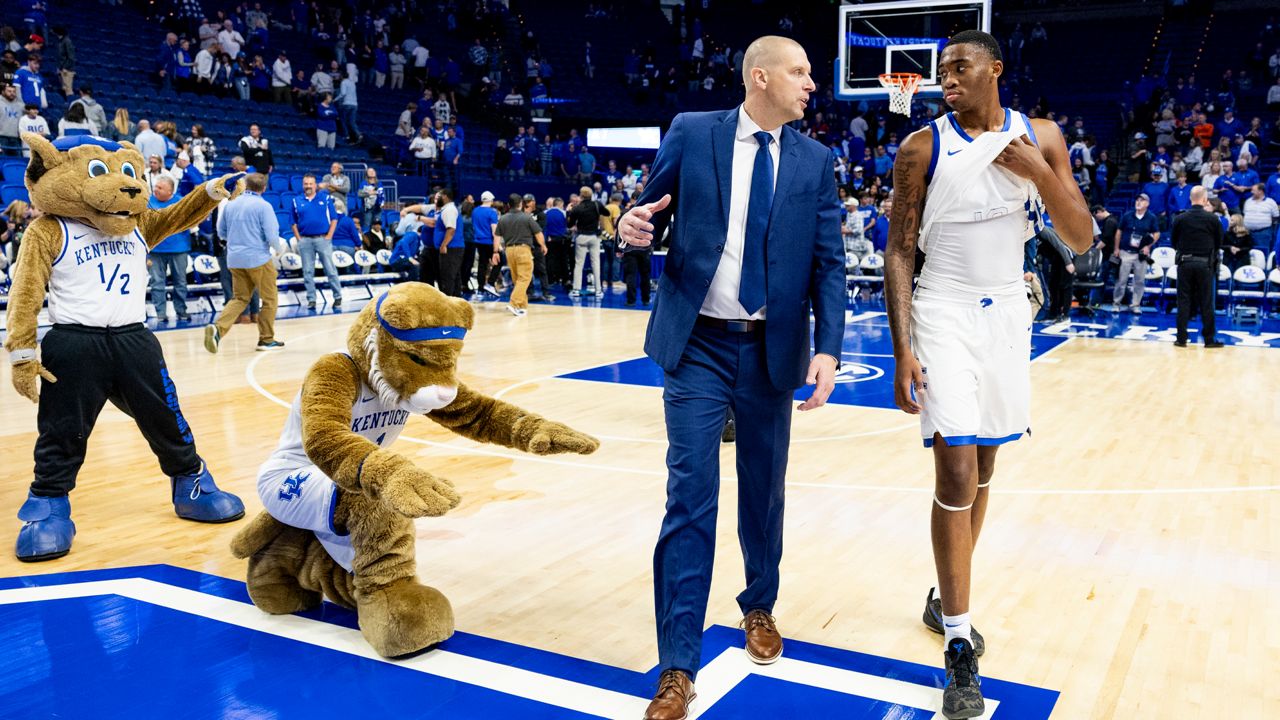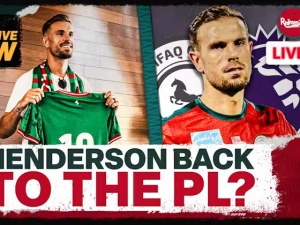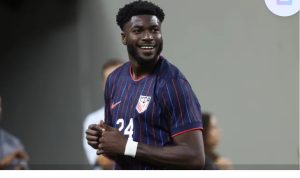
Waiting until the full scope of the incident was understood
In the fast-paced, ever-changing world of the National Football League (NFL), the term “situation” can mean many things. From contract negotiations to on-field drama, injuries, or league-wide controversies, the NFL is a continuous source of news and stories. However, what happens when a major issue goes unreported for an extended period, leaving fans, media outlets, and even players to wonder why certain events or topics have not been addressed?
The 2025 NFL season has been no different, with several situations emerging that had the potential to become headline-worthy. But there was one issue, in particular, that had been simmering under the radar for weeks before it was finally acknowledged in a report. As much as fans and analysts love to speculate, there are times when the NFL and its governing bodies remain tight-lipped about certain matters. What happens when the league finally decides to report on these situations? In this article, we’ll explore one of the most anticipated stories to finally make its way to the forefront of the NFL news cycle and break down why the league’s delayed response was so significant.
The Situation: What Was Reported?
The story that had been conspicuously absent from headlines for weeks came to light when NFL officials finally addressed an ongoing controversy involving a high-profile player’s off-field conduct. Initially, there had been murmurs about a major incident involving a prominent NFL star, but the league refrained from commenting on it publicly. Speculation ran rampant—rumors of legal troubles, altercations with teammates, and concerns about the player’s future with the team were circulating. Fans and analysts were hungry for an official statement, but the NFL kept its silence, leaving many to wonder why they hadn’t addressed the matter sooner.
Finally, after weeks of quiet, the NFL broke its silence and issued a formal report confirming the details of the situation. The issue involved a highly respected quarterback, whose off-field behavior had raised eyebrows. The report revealed that the player had been involved in an altercation outside a nightclub during the offseason. Although there were no criminal charges filed, the situation had sparked an internal investigation within the team and league offices. The player, known for his leadership on the field, had also struggled with personal issues in the past, but this incident seemed more severe than anything seen before.
The report highlighted that the NFL had been carefully investigating the matter to understand the full scope of the event. The league emphasized that it needed to ensure that due process was followed and that the investigation did not compromise the integrity of the season. Finally, after weeks of uncertainty, the league acknowledged the issue, issuing a statement that included the player’s disciplinary actions and potential consequences for the future.
Why the Delay?
The NFL’s delayed response to the situation had many scratching their heads. Why had the league remained so quiet for so long, especially when the media and public interest in the story was at an all-time high? There are several reasons that could explain the NFL’s hesitance to report on the matter earlier.
1. Protecting the Integrity of the Investigation
One of the most likely reasons for the delay was the NFL’s commitment to ensuring that the investigation was thorough and comprehensive. The league often faces criticism for rushing to conclusions or making public statements before all facts have been established. In this case, officials may have wanted to gather all relevant information before making any public statements. This approach, while frustrating for the public, demonstrates the league’s responsibility to be cautious in its handling of sensitive issues.
By waiting until the full scope of the incident was understood, the NFL ensured that its response would be well-informed and fair to all parties involved. Given the high stakes, especially when it comes to the reputations and careers of players, the league may have also wanted to avoid making any rash decisions that could later be seen as unjust or hasty.
2. Balancing Public Image and Player Rights
The NFL is often caught in the crosshairs of balancing its public image with the rights and protections afforded to players. The league must navigate the fine line between addressing issues publicly to maintain its reputation and upholding the privacy of the individuals involved. In cases like these, the NFL must consider both the potential damage to the player’s career and the impact on the league’s image.
In the case of the quarterback, the NFL may have been concerned about prematurely damaging the player’s reputation. Even though the situation had garnered a great deal of media attention, the league might have been attempting to avoid publicly shaming the player before confirming the details of the incident. This delay could have been a protective measure, ensuring that the player’s rights were respected while also giving the league time to assess the broader implications of the incident.
3. Minimizing Disruption to the Season
Another factor in the NFL’s delay could have been its desire to minimize disruption to the ongoing season. NFL teams and their players are heavily focused on the business of football, with game preparation and the competitive nature of the season at the forefront. Any off-field issue, especially one involving a star player, can distract from the task at hand. By withholding a report until all the facts were in, the NFL may have been trying to avoid drawing attention away from the games themselves, which are the primary concern for most fans.
4. Avoiding a Media Frenzy
The NFL, like most major sports leagues, is well aware of the media frenzy that can arise from controversial issues. Rumors can spread quickly, especially when it involves star players. In some cases, the league may have felt that an immediate response would only fuel the fire and cause more speculation. By taking its time and waiting for the right moment, the NFL may have been attempting to prevent the situation from spiraling out of control in the media, allowing for a more measured response.
The Impact of the Report
When the NFL finally addressed the situation, the impact was felt across the entire league. Fans and analysts were eager to see how the incident would affect the player’s career and the broader narrative surrounding the team. The quarterback in question faced disciplinary action, which included a fine and mandatory counseling sessions. However, the league stopped short of suspending the player, citing that there was insufficient evidence to justify a more severe penalty.
The report also had wider implications for the NFL’s policies regarding off-field behavior. The situation highlighted the ongoing challenge the league faces in managing player conduct, especially when incidents occur outside of the public eye. As a result, the NFL announced that it would be revisiting its player conduct policies, with a focus on ensuring that players are held accountable for their actions while also providing support for those dealing with personal issues.
Conclusion
The NFL’s decision to finally report on the situation involving the quarterback was a significant moment for the league, both in terms of transparency and its handling of player conduct. The delay in addressing the matter allowed the league to conduct a thorough investigation and avoid hasty conclusions, but it also led to frustration and confusion among fans and media outlets. Ultimately, the situation served as a reminder that, in the NFL, not everything is as straightforward as it seems, and that sometimes the most pressing stories are the ones that are kept under wraps for a time before they finally come to light.
As the NFL continues to evolve, incidents like these will undoubtedly shape how the league addresses off-field behavior, player conduct, and transparency. While the league’s decision to withhold information for a time may have been frustrating, it also underscores the importance of careful decision-making in a world where public perception can be just as important as on-field performance. The league’s delayed report is a testament to the complexities of modern sports governance and the balance the NFL must strike between player rights, public accountability, and its commitment to fairness.







